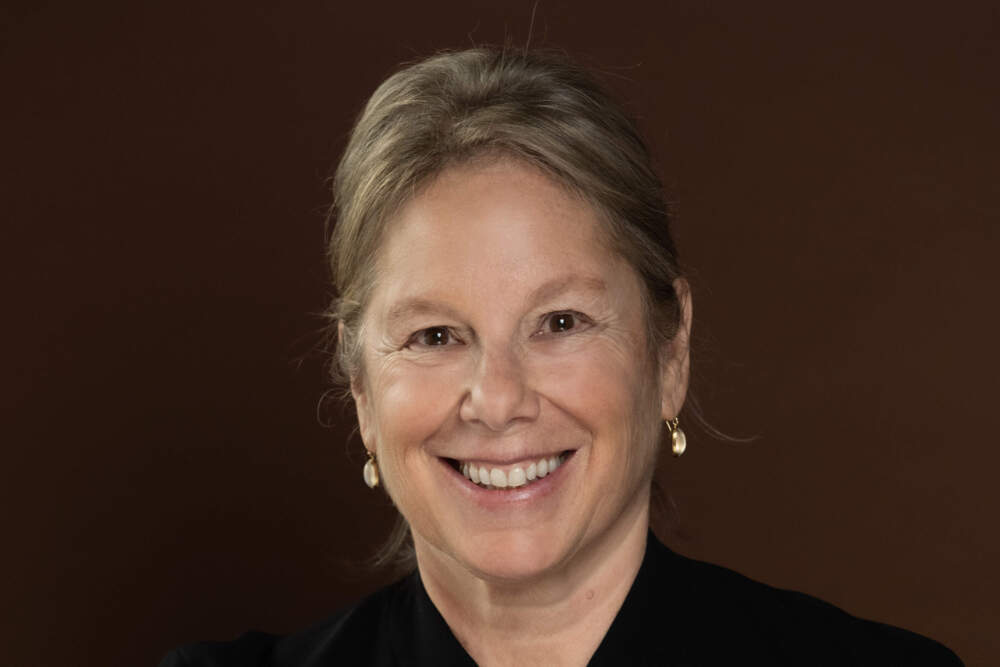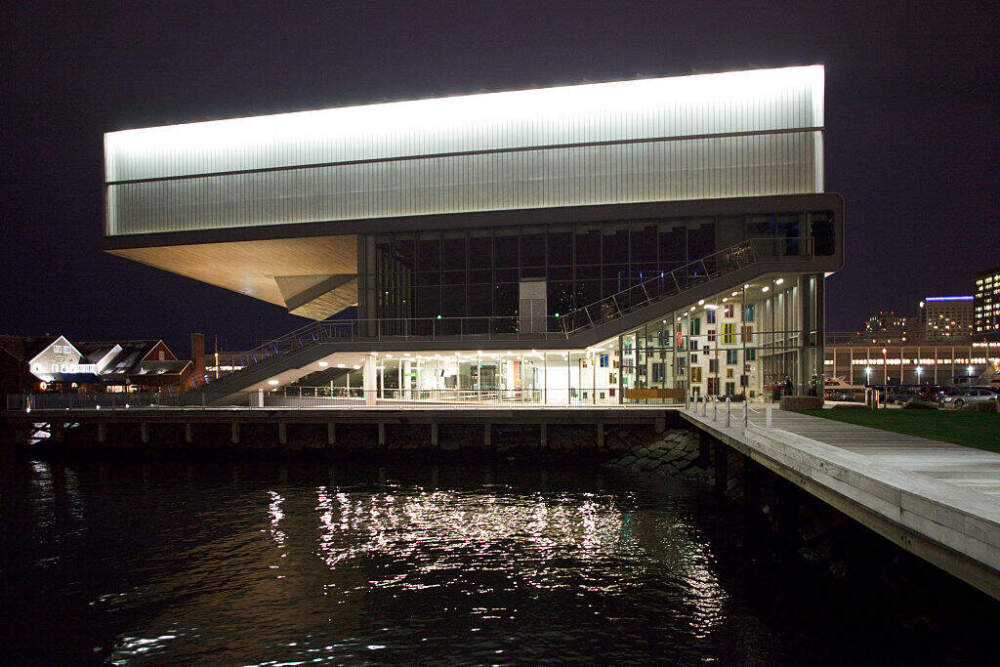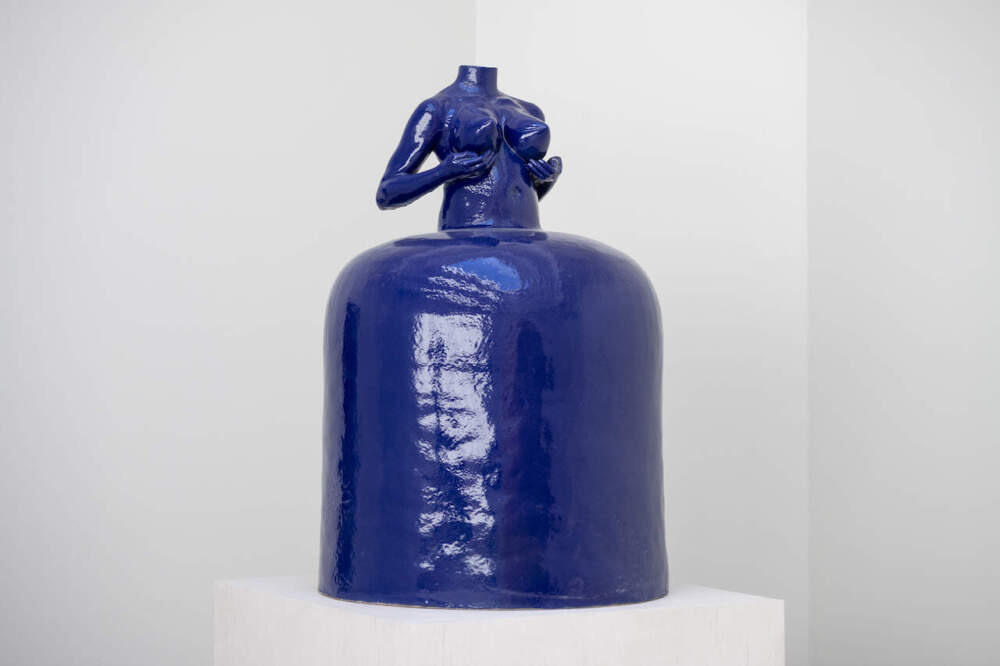Advertisement
ICA director Jill Medvedow to step down after 25 transformative years

Jill Medvedow, the director of Boston’s Institute of Contemporary Art, will step down after 25 years on the job.
Medvedow oversaw the ICA’s transformation from a small, but cutting-edge, presenter of contemporary artwork to one of the major players in the international contemporary art world. Her legacy includes the development of the ICA’s distinctive building on Boston’s waterfront and the creation of the Watershed, a large seasonal exhibition space in East Boston. Under her leadership, the ICA increased its attendance from approximately 20,000 to 300,000 visitors annually, established an endowment and launched a permanent collection with a focus on women artists and artists of color.
“Jill is clearly a once-in-a-generation visionary director,” said ICA board co-chair Steven Corkin. “She took a small non-collecting institution and built it, literally, into one of the leading centers for contemporary art and culture in our country.”
Medvedow plans to leave in December 2024, giving the ICA over a year to find her replacement.
Both Medvedow and Corkin stressed that the director’s departure comes at a high point for the museum.
“The ICA, right now, is in a particularly strong position, both in terms of its local, national and global reputation [and] in terms of the extraordinary talent and commitment and integrity of its staff and its board,” Medvedow said. “It's my responsibility to ensure the smoothest possible transition, the best chance of success, and this seemed like the right time to do that.”
Medvedow joined the ICA in 1998, when it was located in a former police station on Boylston Street. The museum, which was founded in 1936 as a sibling institution to the MoMA in New York, had built a reputation on fresh, forward-thinking exhibitions but remained scrappy and small.
“I've said this often, but it just remains true: The ICA was striving to be marginal,” Medvedow said of the museum at that time. “It had a very small number of visitors. It had a tiny staff. It had absolutely no money. And it had a building that had been built as a police station in the late 1800s to keep people out. And so it was a place that was hard to make inviting.”
Advertisement
She quickly worked to broaden the museum’s presence in Boston, launching the series “Vita Brevis,” which commissioned artists to create temporary work in public spaces.
“I was really trying to understand how to positively address Boston's, to me, antipathy towards contemporary art,” Medvedow said.

One year after her hiring, Medvedow began to develop a new building on the waterfront of Boston’s then-nascent Seaport district. The building opened in 2006. Today, the structure, with its trademark glass silhouette jutting out over the harbor, is a Boston landmark.
The new building, designed by Diller Scofidio + Renfro, was key to Medvedow’s vision to build local loyalty to the ICA. Equally important was her decision to create a permanent collection. She pointed to iconic ICA pieces, like Ragnar Kjartansson’s “The Visitors” and Cornelia Parker’s “Hanging Fire (Suspected Arson),” as the types of works that bring people back to the ICA again and again.
Building on the 2014 acquisition of the Barbara Lee Collection of Art by Women, the ICA under Medvedow grew its collection to 387 objects, 60% of which are by women and 38% by people of color.
“[The ICA] has always been a place that brought to the fore diverse artistic voices and artists who have been historically underrepresented, artists who are getting their first major museum show,” Medvedow said. “And frequently that is a fair description for most female artists and artists of color.”
It was under Medvedow’s leadership, too, that the ICA established an endowment, which now sits just shy of $60 million — small compared to other heavyweight art institutions, but enough to provide the ICA with a measure of financial stability.

During Medvedow’s tenure, the ICA presented more than 250 exhibitions, including important thematic shows, like the 2015 exhibit on the Black Mountain College artists, and single-artist exhibitions by Cornelia Parker, Shepard Fairey, Yayoi Kusama and others. In the ICA’s most recent coup, Medvedow served as the co-commissioner of the U.S. Pavilion at the 2022 Venice Biennale with a groundbreaking exhibit by Chicago artist Simone Leigh, the first Black woman to represent the United States at the Biennale.
Medvedow pointed to the ICA’s educational programming for teens as one of her proudest achievements. In 2012, the museum won a National Arts and Humanities Youth Program award for its teen education initiative.
“That’s really her biggest legacy, is bridging the connection between contemporary art and civic life,” said Corkin. “Jill puts civic life and community first and foremost in her life and in everything she does. I would say the ICA is a close second and herself is a distant third.”
That may be set to change for Medvedow, who plans to finish a two-year fellowship at the Harvard Divinity School and perhaps write another children’s book after she steps down from the ICA. (She recently self-published her first children's title, "Kangamoo!") But Medvedow, who is 69, confirmed she does not plan to retire just yet.
“I’m hoping for a lot more fresh air than I have gotten for the past 25 years,” she said. "And I’m hoping that there is more work in my future. I don’t know what it will be.”
